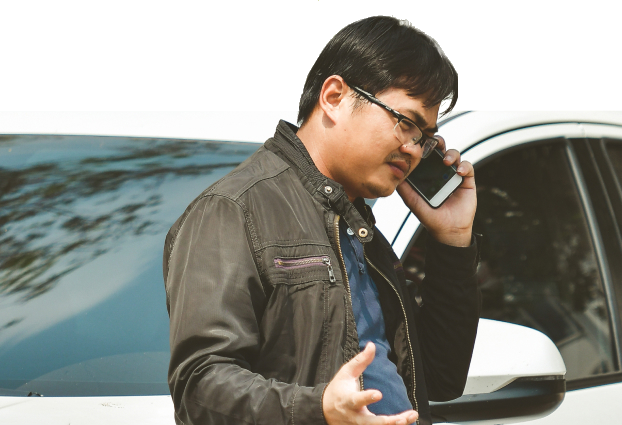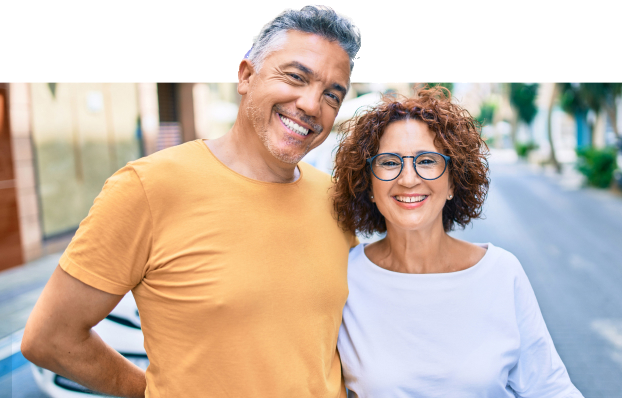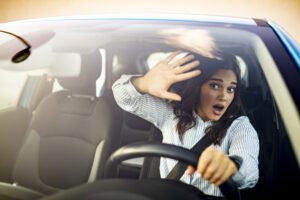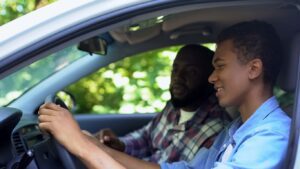
Accidents happen. How can you reduce the chances that they happen to you?
Here are some safety tips to help you whether you are driving, cycling or jogging down the side of the road.
Drivers
Of course, you need to follow the rules of the road when you are driving and want to avoid accidents with other drivers. Perhaps even more importantly, there are some things you should do to help keep pedestrians and bicyclists safe when you are sharing the streets and roads with them.
We have offices in Houston, Corpus Christi, and Victoria; and will travel to any corner of Texas if we are capable of preventing an injustice.

Stop for pedestrians.
It’s not uncommon on city streets for a pedestrian to try to cross the street when you are trying to make a turn through that same intersection. Take your time, wait a moment by coming to a stop to allow them to safely cross the street, then keep going. You’re not in that big a hurry that it’s worth causing someone an injury (or even death), whether they had the right of way or not.
Look out for pedestrians when you pass a stopped bus or car.
Someone walking to cross the street may think you can see them when you can’t. Be extra vigilant where it is possible for someone to suddenly appear from behind a stopped car, truck or bus. It may take you longer to stop than you think if someone steps out and you’re not paying full attention.
Representing the injured in all areas of Texas that extends back over 40 years

The phone can wait.
It should go without saying nowadays, but your phone call or text can wait. If it’s urgent, pull over safely to the side of the road or a parking place and use your phone, then put it away before you start driving again.
You need a skilled advocate to protect your legal rights and present your claim in such a way as to maximize your recovery.

Watch for bicyclists at intersections.
Yes, they should follow traffic rules and come to a stop just as if they were driving a car or truck. But not all of them will. Pay a little extra attention at intersections, where cyclists may be zipping through or swerving wide to negotiate a turn.
Give bicyclists some extra room.
Your ride is pretty stable in your thousands-of-pounds-heavy four wheeled ride. Not so for a bicyclist. They may hit a very small piece of debris in the road and be thrown off balance. They may see that debris and suddenly swerve toward your lane trying to avoid it. If you notice a cyclist and you are able to move into another lane to give him or her some extra maneuvering room, do it. It’s safer for them and helps you avoid being involved in an accident, even if it’s not your fault.
Cyclists
Riding a bike doesn’t feel the same as driving a car or truck, but some of the most basic ‘rules of the road’ still need to be followed.
The Texas Department of Public Safety has some good safety tips for cyclists:
Actually come to a stop at red lights and stop signs.
Maybe everything looks clear for you to keep moving, but you may not notice someone else, and they may not see you. Following the same rules at intersections you would follow in your vehicle helps avoid accidents when you’re riding a bike, too.
Stay in your lane.
Just as cars and trucks need to stay in their lane to avoid accidents, bicyclists also need to stay in their lane. If you’re riding on a street with dedicated bicycle lanes marked out, use them. That offers you some extra protection – physically and legally.
Keep some distance from those cars and trucks.
Even though the bicycle lane is a lot wider than a bicycle, don’t tempt fate. It’s better to stay closer to the curb than to the motorized vehicles zooming along past you. You’re riding in the same direction they are driving, so you probably won’t see them coming in time to move to the side if they are drifting close to the bicycle lane. Play it safe and stay further to the side of the road.
Use some lights at night.
Headlights and taillights on cars and trucks help drivers see where they are going at night, and also help others to see them. They serve the same purpose on your bicycle. If you are riding at night, a good headlight will help you to see obstacles in the road so you can avoid a spill. A light on the back of your bicycle helps drivers to spot you even on a dark night, and that helps keep you safe.
Wear a helmet.
Helmets are proven to help reduce head injuries for cyclists of all types. You’ve only got one head, and it’s pretty important to you, so go ahead and protect it by wearing a helmet when you’re out riding your bike. You may never get in an accident while riding your bike, but if you do, you’ll be thankful you were wearing a helmet.
Athletes
According to TXDOT, in 2019, there were 5,954 crashes involving pedestrians in our state, resulting in 668 deaths and 1,312 serious injuries.
Whether you’re a serious runner training for a marathon, or simply a pedestrian out for a stroll in your own neighborhood, here are some good safety tips for you:
Sidewalks are made for you.
Use them. If there is a sidewalk on the side of the road, that’s the best place to walk or run. If there is no sidewalk, stay on the left side of the road so you can see the vehicles coming toward you.
Crosswalks are for crossing.
Drivers are more likely to see you crossing the road if you do so where you’re supposed to – at marked crosswalks or intersections. Walking out from between a couple of parked cars may be the quickest way to get to that store across the street, but it’s not the safest. Spend a couple of moments longer to cross the road in the right place, and you’re less likely to get in an accident with some car or truck you didn’t notice was coming down the road.
Stare them down.
Don’t assume every driver in every vehicle on the road notices you walking or running along. Make eye contact with them as they are heading toward you and be ready to move quickly out of the way if they don’t seem to see you.
Be bright at night.
Dark colors aren’t a great idea if you are walking or running at night. Wear something more visible to drivers who are moving at a fast clip down the street at night. Everything you can do to allow them to notice you (without distracting them) reduces the chance they’ll hit you by accident. Lighter colored clothing, or even a reflective safety vest, is a pretty small step to take to keep you safe.
Don’t wear headphones.
Yeah, we knew you wouldn’t like this one. Your ear buds look cool, and listening to your favorite music or podcasts while walking or running makes you happy. But they also distract you, if only a bit. Worse yet, they may prevent you from hearing something coming before it’s too late to avoid an accident. Use them at the gym, or while working on your exercises at home, or even while doing things out in your yard. But you’re just not as safe if you wear them when you are walking or running out in public.
At Carrigan & Anderson, we often help people who have been injured in an accident that was not their fault – whether they were in a car, on a bike or moving along on their own two feet. If you’ve been injured, you can use the contact form here on our website or give attorney Steve Carrigan a call or text at (361) 884-4437, and we’ll do what we can to help you.
However, we’d rather that you never had the accident in the first place, so we’re providing these safety tips to give you an edge at staying safe and not needing our legal help for an injury.
At Carrigan & Anderson, PLLC we can talk to you about your options and rights.







